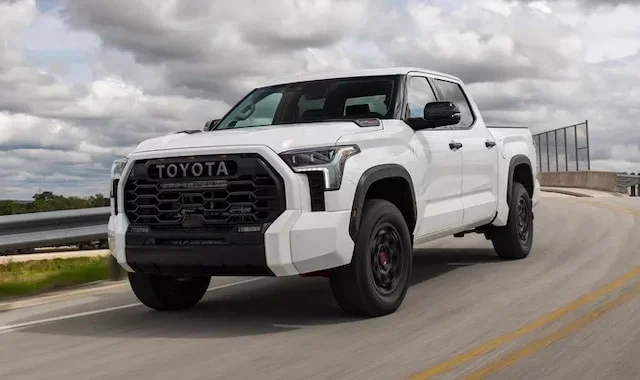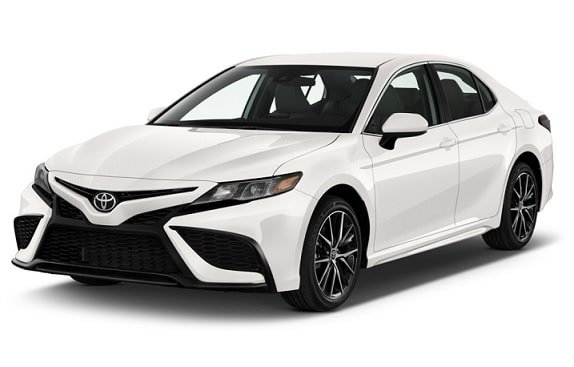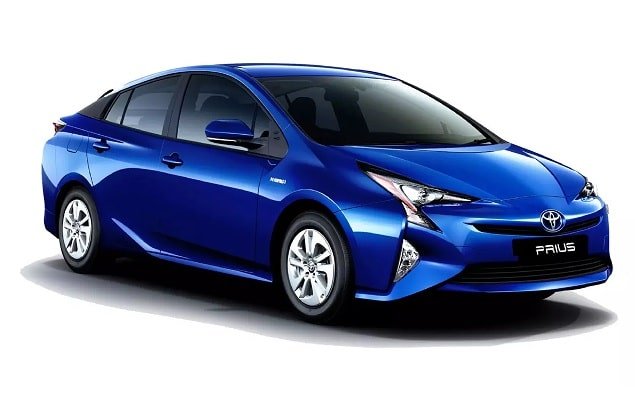If your Toyota Highlander’s heating system is suddenly acting up, there could be a bunch of reasons for that. And luckily, there are tons of fixes that would only take a couple of minutes to make and your car would be back to normal.
If your Toyota Highlander heater is not working, as usual, you will find all the possible causes and the solutions you can apply in this guide.

- Toyota Highlander Heater Not Working: Finding The Cause
- Low coolant levels
- Faulty thermostat
- Faulty thermostatic switch
- Clogged heater core
- Clogged heat-radiating fins
- Faulty heater valves
- Faulty blower fan
- Other Causes of Toyota Highlander Heater Problems
- Toyota Highlander Heater Not Working: Fixing The Problem
- Top up the coolant
Toyota Highlander Heater Not Working: Finding The Cause
Low coolant levels
The coolant is a very important part of the heating and cooling system. If the level of coolant is too low, the heater core won’t get enough coolant so it won’t produce enough heat.
Faulty thermostat
Look out for the thermostat if you find that your coolant is just at the proper level or if you’ve topped up the coolant and it fails to solve the problem. The thermostat acts as a valve in the cooling system. If it stays stuck in the open position, it could hinder heat production.
Faulty thermostatic switch
Depending on your model, your vehicle could be making use of a thermostatically controlled electric fan that comes on when the engine needs additional cooling. If the thermostatic switch is defective, the fan will run continuously, thereby reducing the coolant temperature.
If the coolant isn’t warm enough, you won’t get enough heat into the cabin. You can confirm this problem by checking if the fan runs continuously, including from a cold start.
Clogged heater core
The heater core features several narrow passages through which it gathers heat from the warm coolant and heats the interior. If these passages become clogged by rust particles, you won’t be getting enough heat into the cabin.
The passages could become clogged due to neglect. That is to say if the coolant doesn’t get replaced at the right time or the cooling system isn’t flushed regularly.
Clogged heat-radiating fins
The heat-radiating fins is another area that could cause some heating system problems. The heat-radiating fins on the exterior of the heater core could be clogged with particles that come in from the exterior air intake at the base of the windshield. This would affect the heater’s ability to give out heat.
Faulty heater valves
The heater valves are designed to control the heat output of the heater core. Depending on your car type, it could be a mechanical or vacuum-operated valve that involves turning a rotary knob to operate or an electronic valve like an electronic climate control system with temperature settings. If the valve stays stuck in closed position, it will prevent heat from entering the cabin.
Faulty blower fan
If the blower fan is faulty, then you won’t get enough heat in the cabin. There are many reasons why the blower fan could be faulty and the most expensive of them is that it needs to be replaced.
Airlock
The presence of airlock is another problem that could arise from topping up the coolant. Air locks refer to air bubbles that could form in the coolant system. They could also be due to the result of a coolant leak. The air lock would prevent the coolant from circulating properly which obstructs the heat output.
Other Causes of Toyota Highlander Heater Problems
- Bad coolant hoses or loose clamps
- Radiator leak
- Faulty radiator cap
- Faulty water pump
Toyota Highlander Heater Not Working: Fixing The Problem
Top up the coolant
Before topping the coolant, you should check for leaks so you won’t have to deal with the same problem again. Also, while topping the coolant, you should watch out for airlocks and clear them out as they would pose a problem when you try to use the heater.
To clear out airlocks:
- Set the car heater to its highest setting
- Take off the coolant tank cap and fill the coolant to the proper level
- Start the car engine with the cap still open and let it idle for a few minutes
- Top up the coolant if its level drops as the thermostat opens. This should get rid of the air bubble (airlock).
- Wait till the engine is fully warmed up before putting the cap back on.
- Test-drive the car to check if the heating problem has been solved.
Replace the thermostatic switch
If you’re able to confirm that your car’s thermostatic switch is faulty, then you would need to get it replaced. This fix won’t take much time and you won’t have to get your mechanic to replace it. However, if you’re not much of a techie person then its best to get your mechanic on the job.
Flush the heater core internal passages
If the heater core’s internal passages are clogged or completely blocked, then they would have to be flushed to get the heat circulation back to normal. Your mechanic would check and flush the passages, however, if this doesn’t solve the problem, then you would have to replace the heater core.
Clean the heater core exterior
Specifically the heat-radiating fins on the outside of the heater core. If you can access it yourself, then you should try cleaning the debris from there and the air intake passages to see if solves the problem.
Check the Heater Valves
The heater valves should be easy to repair but that would depend on the type your car uses. if your car uses a mechanical or vacuum-operated valve, it should be easy to repair and the components fixed. However, if your car makes use of electronic valve systems, you need your mechanic to troubleshoot the system to isolate the cause.
Fix the Blower Fan
If the blower fan in your vehicle isn’t working, it could be as a result of a blown fuse, faulty wiring, or that the blower fan needs to be replaced. You can check the fuse to see if it is blown and have it replaced. If that doesn’t solve the problem with the blower fan, then you would need your mechanic to check if the wiring is faulty or if it needs to be replaced.
Other fixes to try out
- Repair the radiator if leaking
- Replace the radiator cap if faulty
- Fix or replace the water pump if faulty.
- Check and replace the thermostat







